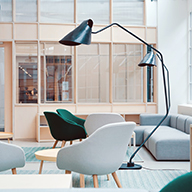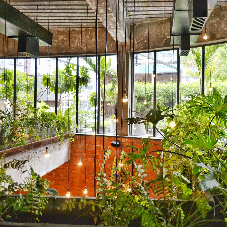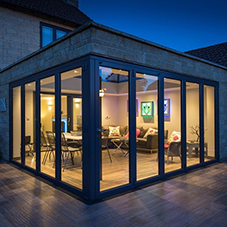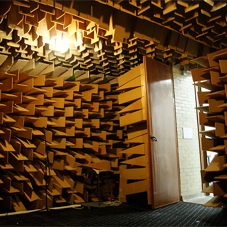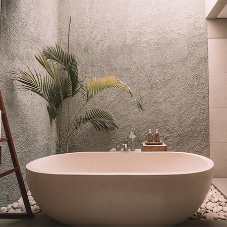The connection between interior design and our emotions has gained a lot of attention in recent times. Scientists and Psychologists have done plenty of research into how and why our moods can differ depending on the interior design elements of the spaces we inhibit. These findings open the door to design spaces that consciously manipulate decorative elements with the goal of encouraging creativity, peace and happiness.
But what specifically are the things that can make us happy, sad, or even angry? Many objects and elements inside a house can have a significant impact on one’s mood. Take colors as an example. The fact that they can generate or enhance certain emotion is so deeply rooted in our minds that we even use it in our vocabulary – we say we feel blue, that we are green with envy and sometimes we just like to think pink. According to research into colours and our psyche, vibrant shades like yellow, orange, and green encourage socializing and communicating, while dark hues like purple, deep blue, red, and darker shades of green reflect a bit gloomy feel. Furthermore, different shades of yellow can evoke that creative spark in you, so perhaps that Architects office that needs a refurb might want to go down this route. Colour inherently plays a role in our approach and moods.
Lighting is also another important aspect of interior design, and one which can promote our wellbeing and affect our mood. In the home or at work, lighting is important. In those cold January days, when it is dark and gloomy outside, and the alarm is beeping but everything is telling you to stay in bed, light helps us wake up and feel alert and energised, it sharpens us up and helps us prepare to take on the day ahead. It is equally as beneficial at night, using dimmer lights for example cues us to go to sleep and stay asleep, resulting in a good night’s rest which is essential. Having the right lighting in the workplace is also crucial. Light intensity can influence individuals’ ability to sustain attention and cognitive performance. There are also indications that light exposure during daytime working hours can positively influence sleep during the subsequent night. Consequently, making sure you have the right light intensity can improve both health and productivity in workplace settings.
Having your own stamp on things is also known to increase satisfaction levels in the workplace or your home. When you first move into your new home for example, it may seem like just a building until you have the chance to make your mark on it. The addition of personal items, that unique table you purchased, these things create a more homely vibe, and make it a place you feel relaxed and content in. Similarly in work, everyone has their own desk in a way they find comfortable, it is common people get uneasy if something is moved or changed. That is because we get used to things and are happy, it is ingrained in us.
There is no doubt that an increasing amount of evidence suggests the interior design does impact the way we feel. This is extremely important as it can affect our moods and mind-set, you don’t want to feel dark and down at home or at work. Investing in interior design will certainly help you smile.
For more information check out our Interior Design Hub
Related Blog Articles



